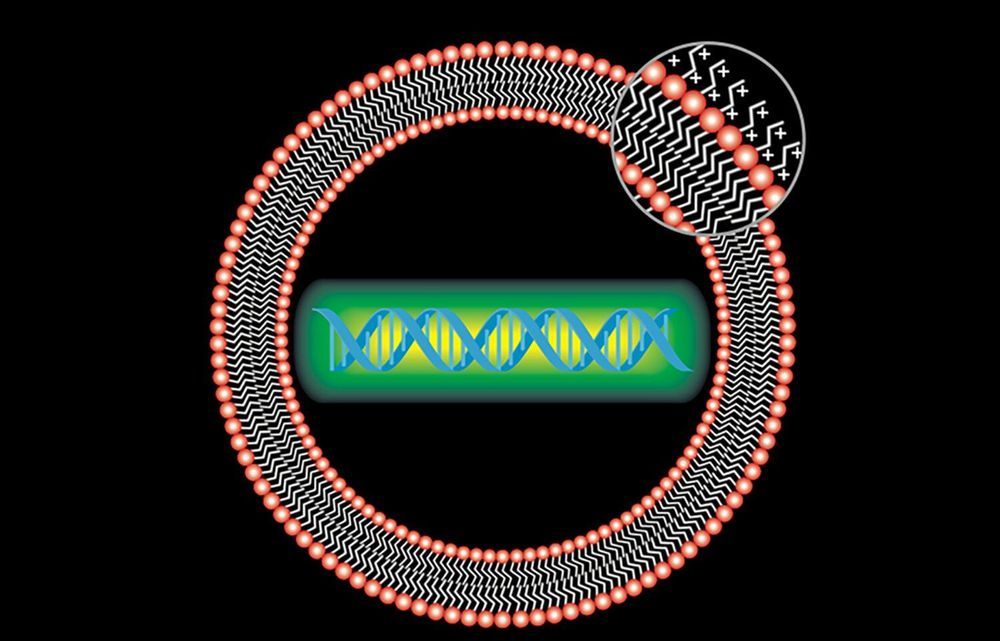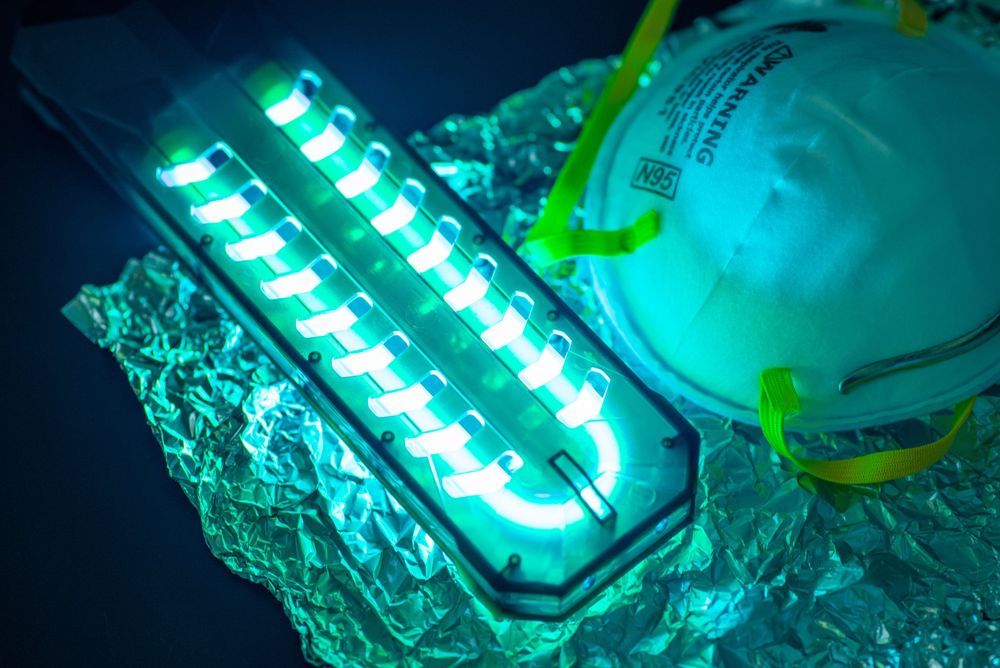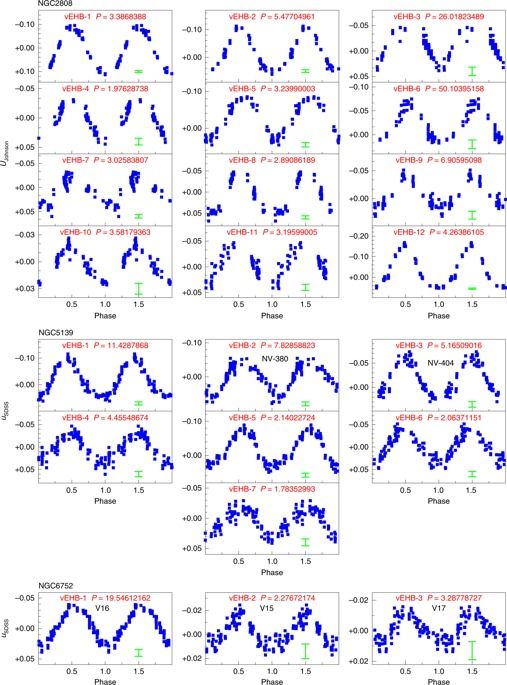Jun 8, 2020
“Tissue Clearing” Technique Offers Incredible View Deep Inside Animals
Posted by Genevieve Klien in categories: biotech/medical, chemistry
Light-sheet images of DEEP-Clear processed zebrafish showing proliferative cells (pink) and the nervous system (green). Credit: TU Wien / Max Perutz Labs.
An important observation that helped to develop the new method was that the combination of different chemical treatments had a synergistic effect, allowing for fast depigmentation and tissue clearing. “Shortening chemical processing preserves the integrity of tissues and organisms, so that the molecules and internal structures of interest are more likely to be retained,” explains Marko Pende, the developer of the clearing method, from the lab of Hans-Ulrich Dodt at the TU Wien and the Center for Brain Research (CBR) of the Medical University of Vienna, and one of the first authors of the study. This way multiple organisms could be imaged from different clades ranging from mollusks to bony fish to amphibians. “These are just a few examples. We believe that the method is applicable to multiple organisms. It was just not tried yet”, explains Prof. Hans Ulrich Dodt, senior author of the study.

















